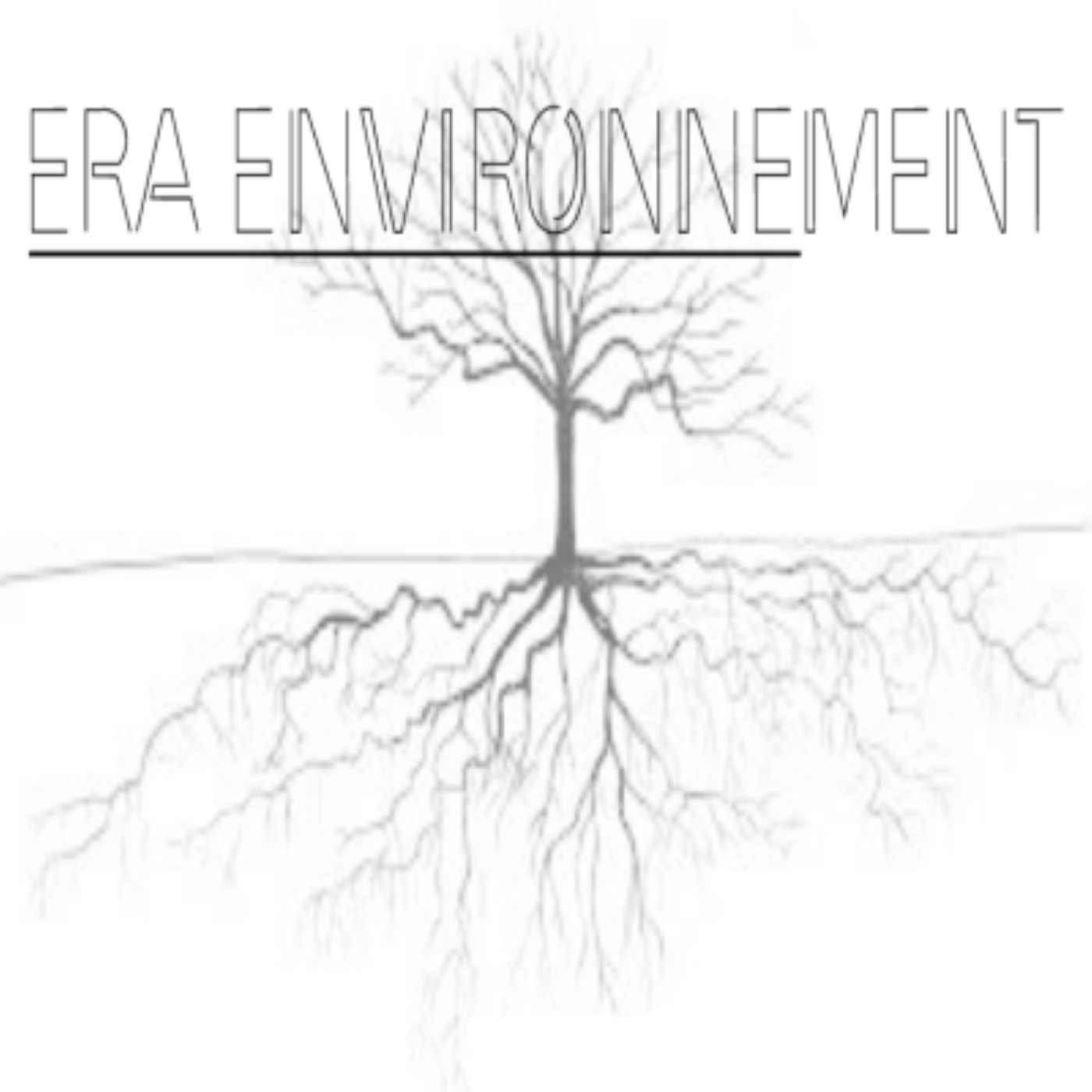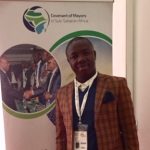“Young African Scientists are engaging to make Africa Disaster Resilient Ready! “
MARYANNE MURIUKI
Last may, 15 young scientists from Tunisia, Morocco, South Africa, Central African Republic, Madagascar, Kenya, Tanzania, Cameroun, Congo, Uganda, Burundi, Ghana, Nigeria, Ivory Coast, and South Sudan have been selected by the African Union to be part of the African Youth Advisory board in Nairobi with the aim to facilitate the implementation of the Sendai Framework for Disaster Risk Reduction 2015-2030 which is a 15-year, voluntary, non-binding agreement which recognizes that the State has the primary role to reduce disaster risk. Maryanne Muriuki, a 28 years old young woman from Nyandarua County in the Central Province in Kenya was among these 15 young scientists. She was recently interviewed by Era Environnement.
ERA ENVIRONNEMENT: How were these 15 young scientists of the African Youth Advisory board selected?
MARYANNE MURIUKI: The board comprises of 15 young people between 18 and 35 years. We all come from various disciplines, but all our efforts are towards Disaster Risk Reduction. We also represent various disciplines, including academia, the private sector, civil society, and government. We also represent all the regions of Africa, East, West, Southern, Northern and Central. We are a total of 7 women on the Board! All of us are passionate and are involved in the implementation of the Sendai Framework for Disaster Risk Reduction (SFDRR 2015-2030), and closer home, are in alignment with the AU Programme of Action (PoA).
ERA ENVIRONNEMENT: How this board will enhance the capacity building of African youth on their activities related to the prevention of natural disasters?
MARYANNE MURIUKI: This is a good question. African Youth Advisory Board-Disaster Risk Reduction will organise capacity building workshops in
collaboration with the African Union Commission (AUC), Regional Economic Communities (RECs) and other relevant institutions centred on the four priorities of action Sendai Framework for African Union Youth and Young Politicians. We will also leverage on electronic and non-electronic platforms to share capacity building information on Disaster Risk Reduction. Already, we have engaged quite a number of African youth in Disaster Risk Reduction through our social media platforms. African Youth Advisory Board-Disaster Risk Reduction (DRR) will also facilitate intergenerational capacity building in Disaster Risk Reduction between youth practitioners and experienced Disaster Risk Reduction practitioners at different levels of engagement. Finally, the Board will create avenues for the interaction of youth and youth organisations in DRR with related disciplines such as Climate Change, Urbanisation and Sustainable Development for cross discipline building of capacities.
ERA ENVIRONNEMENT: What was the outcome of the meeting in Nairobi ?
MARYANNE MURIUKI: We have set targets for the coming six months, basing on the four priorities for Action: Understanding disaster risk, Strengthening disaster risk governance to manage disaster risk, Investing in disaster risk reduction for resilience, and the fourth is to enhance disaster preparedness for effective response and to “Build Back Better” in recovery, rehabilitation and reconstruction. You will be seeing more of our efforts on these four priorities pretty soon!
ERA ENVIRONNEMENT: At the same period, there were also another meeting with 15 seniors scientists from Africa, did you
speak with them and work with them?
MARYANNE MURIUKI: The African Science and Technology Advisory Group (A-STAG) met immediately after our meeting ended. While we did not meet in person, plans are underway to enhance discussions between the two bodies. We will all have to work together.
ERA ENVIRONNEMENT: May 13th was organized an international conference on natural disasters in Geneva, were
you part of this conference organized by the World Meteorological Organization ?
MARYANNE MURIUKI: Personally I was not. However, our fellow members Sandra (Ghana) and Alberto (SouthAfrica) represented us well at the Global Platform 2019. The rest of us were closely following the proceedings and even participated remotely. This kind of conference should give the decisions to trickle down the grassroots. In Kenya, we have the devolved system of governments, meaning we have the national government and the County governments. This model is a good avenue to strengthen our Disaster Risk Management. Already, some of the County Governments in the country have developed, formulated and some have adopted their disaster management policies.
ERA ENVIRONNEMENT: As a young woman, do you think scientists are well understood by
the population in your country? Do you have a strategy to put at the forefront the science in the rural areas in your country and in Africa?
MARYANNE MURIUKI: I am a young woman, and consider myself as a rural person coming from a marginalised area in Kenya. Whereas with time people have come to realise the value of education in making meaningful decisions, there is still some way to go. Yes, I do have a strategy, working with already established DRR groups and networks such as PeriperiU ( a platform for university partnership to reduce disaster risks in Africa). Also, I hope to work with the United Nations Disasters Risk Reduction office in Nairobi. They were pivotal in our orientation meeting. I also already have a host of skills in DRR, having joined this field when I was barely 18 years! Hopefully, I will utilise them. Young African Scientists are engaging to make Africa Disaster Resilient Ready!
Interviewed by Houmi Ahamed-Mikidache
6-06-2019




